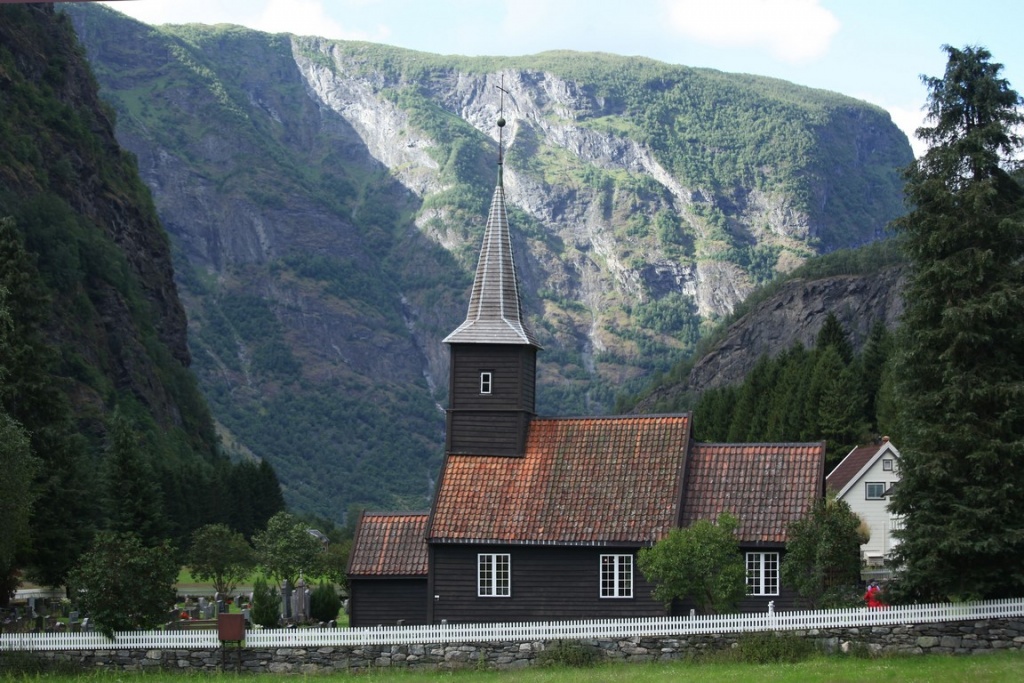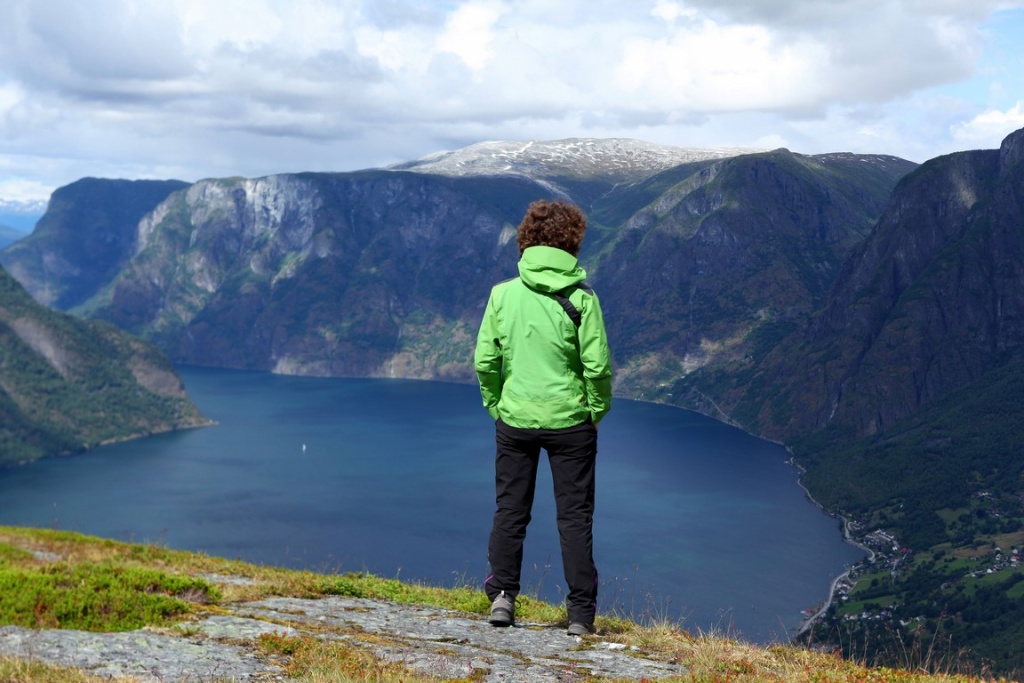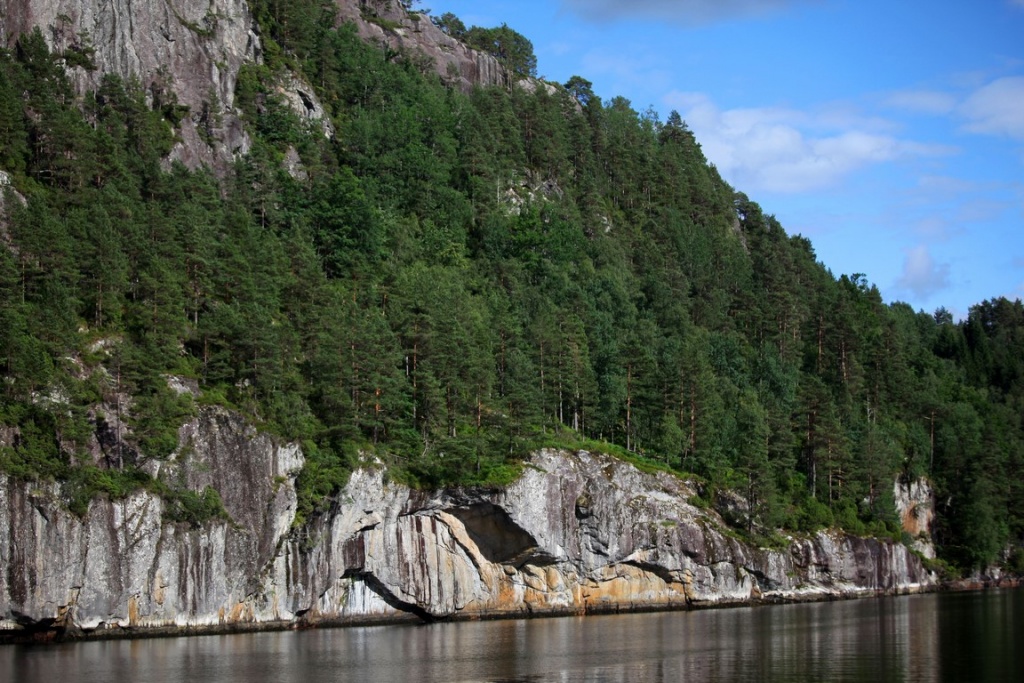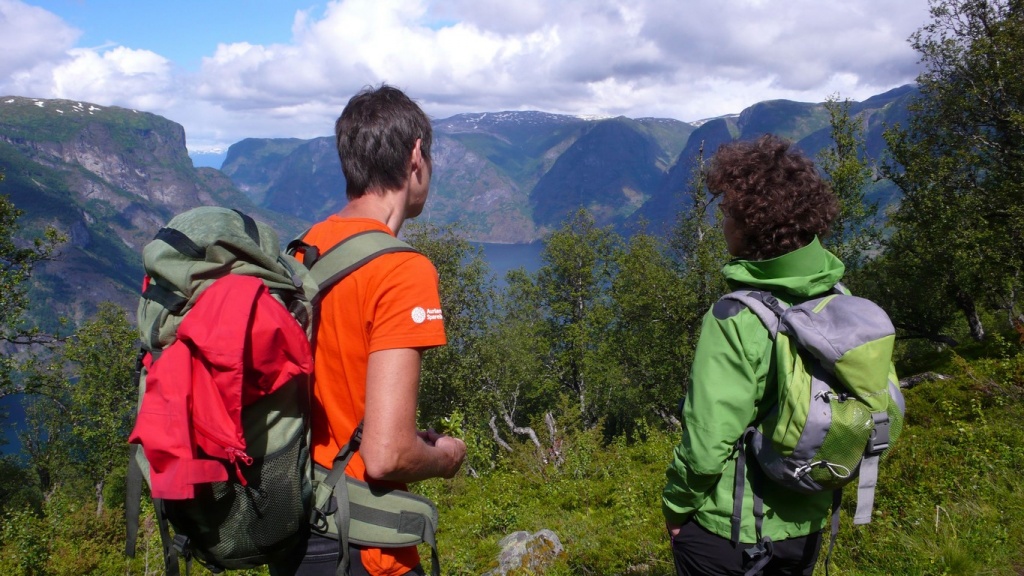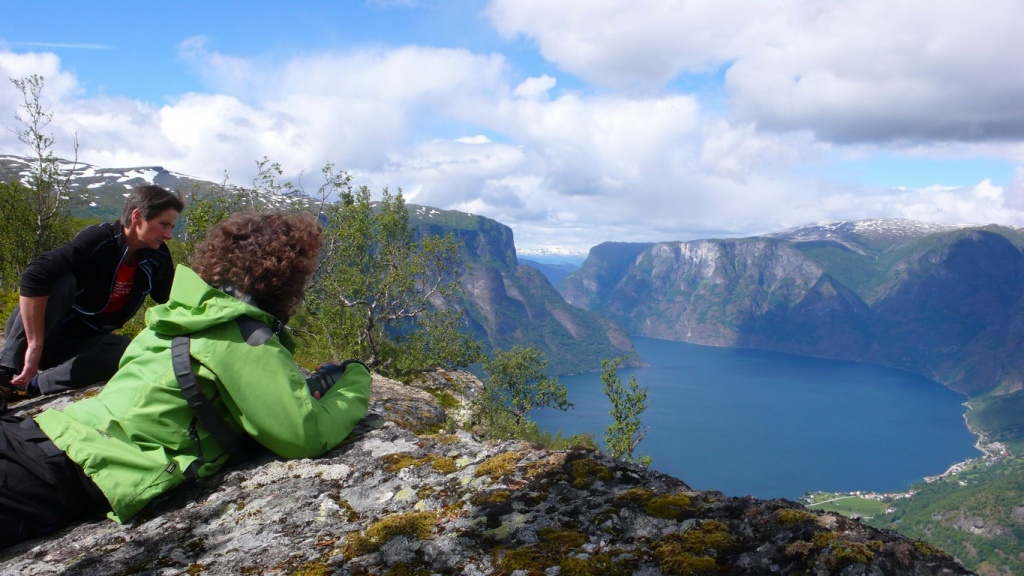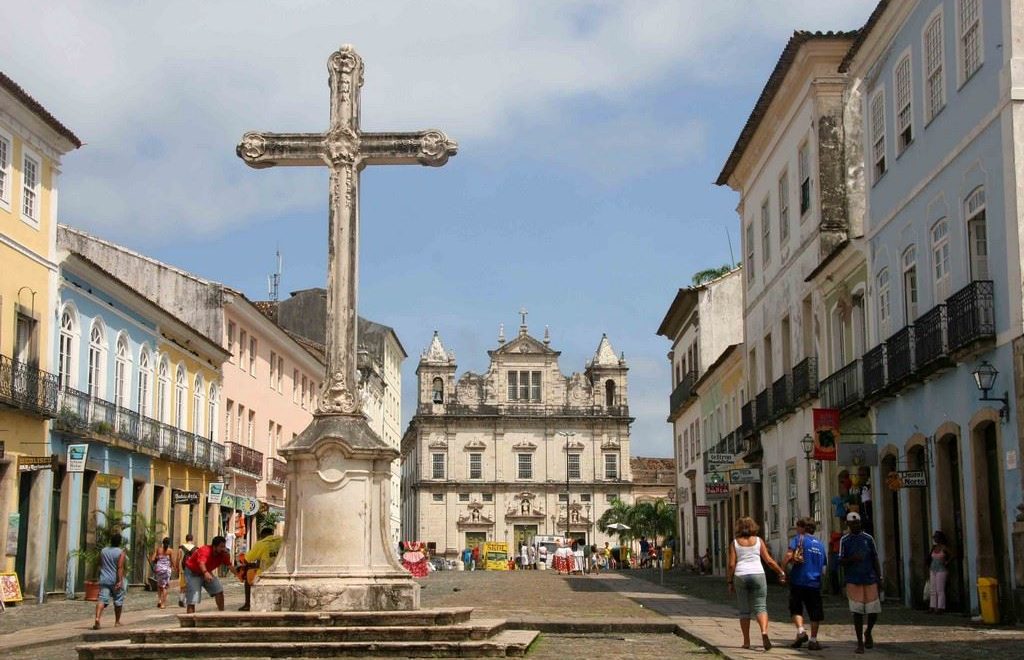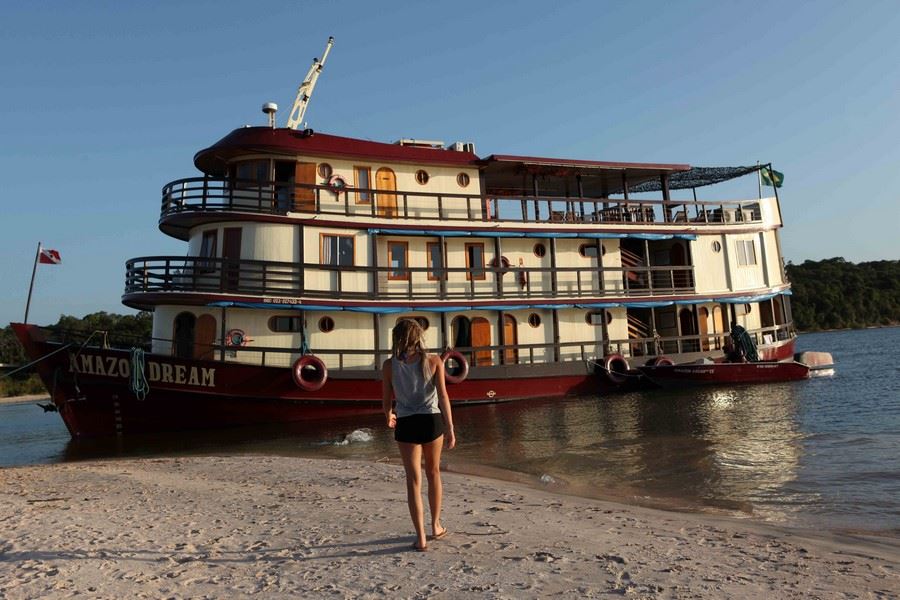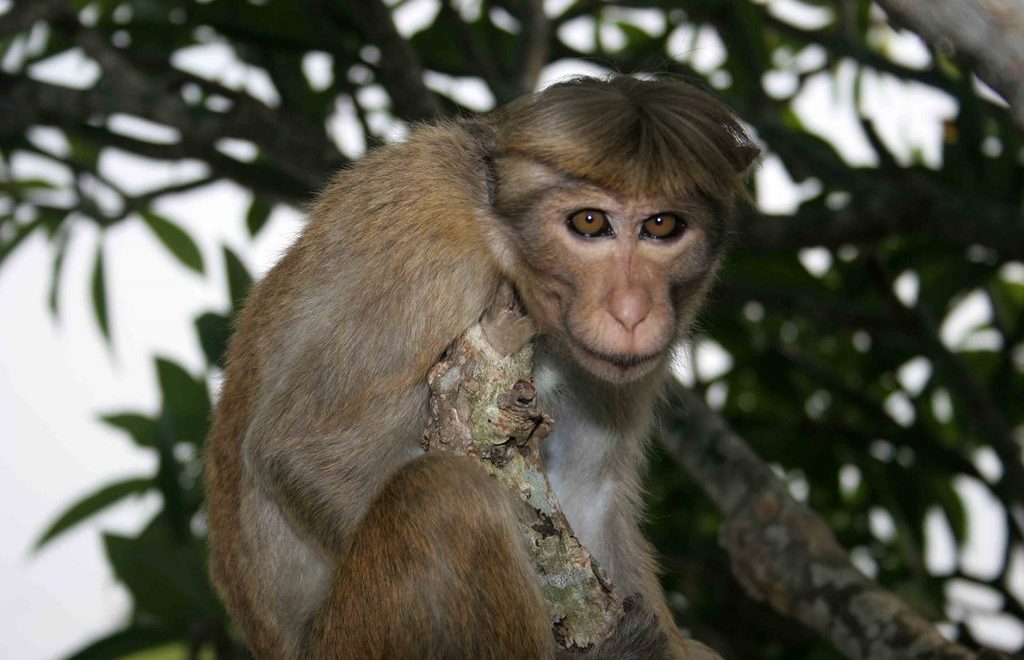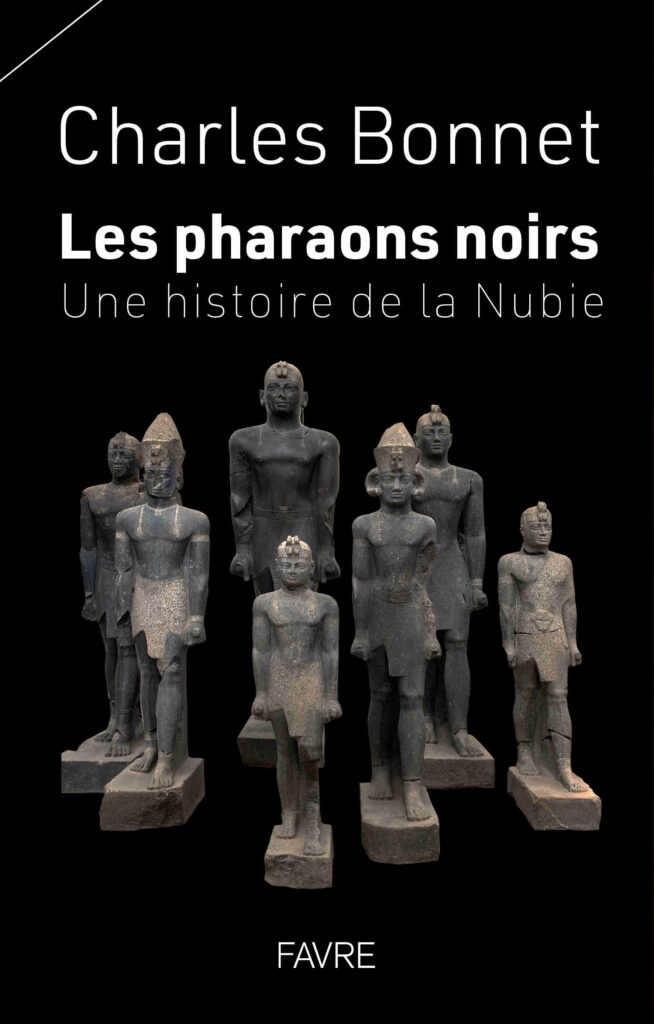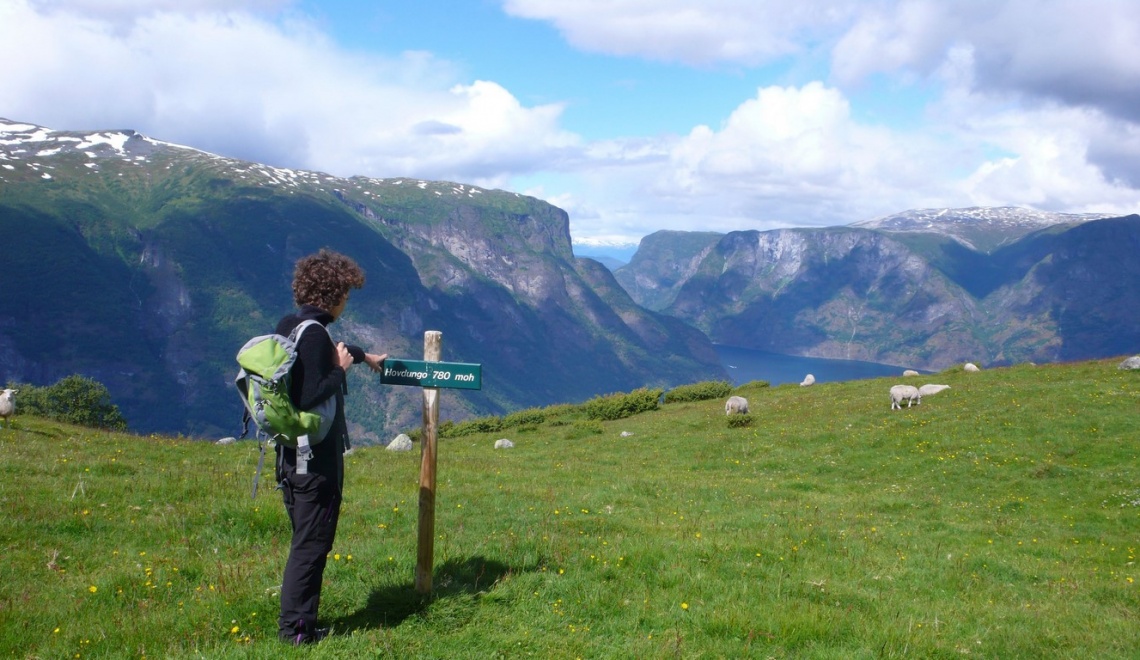
Set sail for the land of giants and trolls, people of a grandiose and untamed nature that has generated a wealth of legends and myths that are still very much part of popular culture.
The Norwegians will no doubt tell you some very serious stories about draug, visser and others trolls, half-devilish, half-nice elves, creatures of shadow and night: if a troll is exposed to direct sunlight, it is immediately petrified. Occasionally, however, one of them forgets to hide from the sun, and today rock formations that look strangely like trolls can be seen in various places, and are respected by the locals. Some of these creatures have several heads and up to three eyes, a long hooked nose, four fingers, four toes and a bushy tail, we are told. Curiously, they enjoy harassing goats and have a violent aversion to church steeples. Despite their great impatience, they are reputed to be friendly but can also get angry. So it's best not to antagonise them. There are even lucky trolls who can grant the wishes of fishermen who have treated them well!
Folklore, you say? Not really. So much so, in fact, that this little people of the shadows permeates the oral and written traditions of Norwegians. The next time you go hiking in the dark forests of Norway, be on the lookout at dusk, because you may not be alone! In a country half the size of France and 14 times smaller in population, nature is everywhere, majestic and sometimes impressive. All you have to do is close your eyes to hear the wind in the trees, birds chirping, the roar of a waterfall or the creak of a troll on the move, as long as you let your imagination run wild. You can even take one home as a souvenir, as the shops sell their ugly gnome trolls with their grotesque noses in all shapes and sizes.
Kjosfossen and the Huldra
We chose to set down our suitcases in Flåm, a village nestling at the end of a fold in the Aurlandfjord, an arm of the Sognefjord, Norway's longest fjord. A stopover on the famous "Norway in a nutshell" tourist circuit, this tiny village receives more than 500,000 tourists every year.
Despite the kitschy souvenir shops and the Japanese photographing everything and anything, the charm of this town is very real. We came here on the Flåmsbana, a train that winds between Myrdal (on the Oslo-Bergen railway line) and Flåm, 865 metres below.
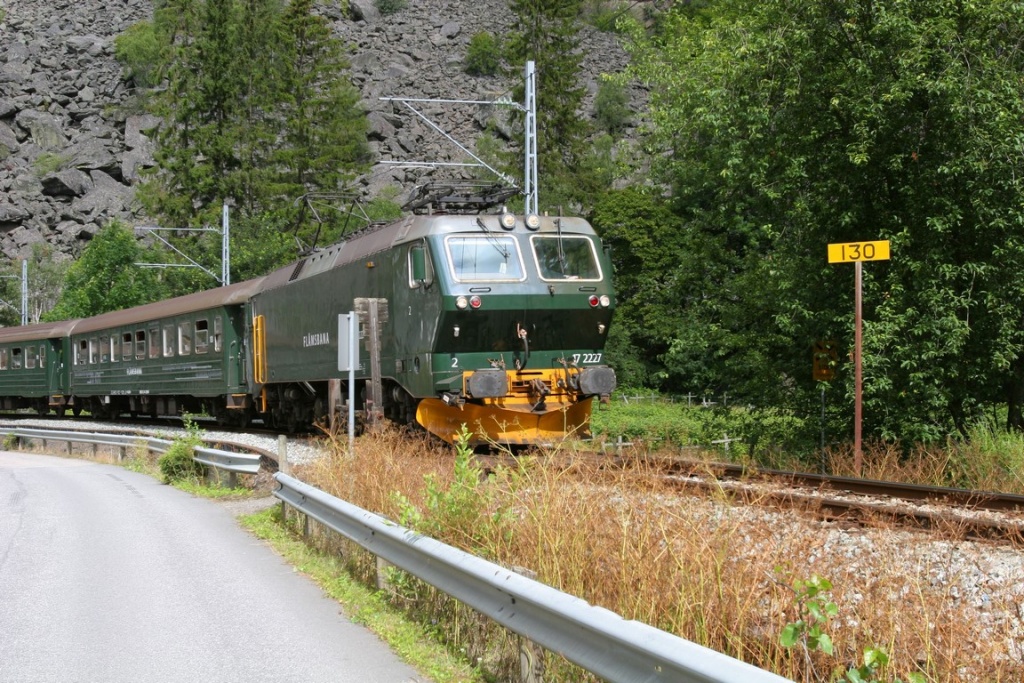
The Myrdal train arrives at Flåm station, at the end of the Aurland fjord. It is the only train in the world, on conventional rails, to cover such a steep gradient: 865 m in 20 km.
A route that allows you to discover some of the wildest and most beautiful landscapes in Norway. For twenty kilometres, you can see rivers cutting their way through narrow ravines, waterfalls cascading down snow-capped mountainsides, mountain farms clinging to steep slopes and, above all, the impressive, foam-bubbling Kjosfossen waterfall, where the train stops for a photographic and musical break.
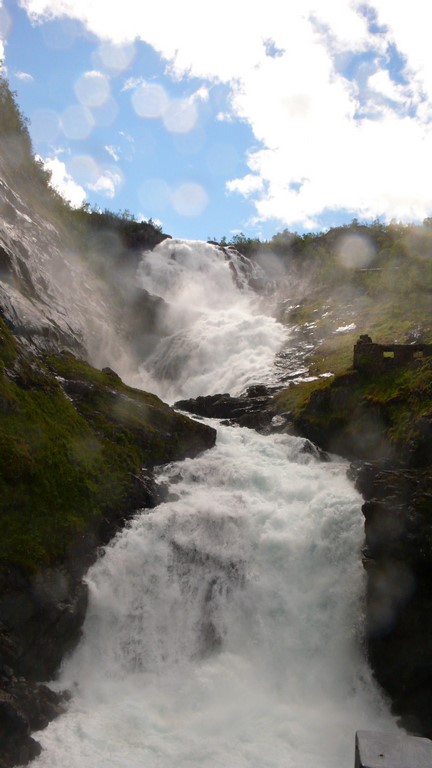
The Kjosfossen waterfall is one of Norway's most visited natural wonders. Water from Lake Reinungavatnet falls a total of 225m over a length of 700m.
Far away on the rocks, a young woman in a red dress tries to seduce the travellers with a song of pure beauty and a poetic, lascivious dance. A fleeting evocation of Huldra Scandinavian legends. The Huldra (a word derived from a Norwegian root meaning "covered" or "hidden") is a beautiful young woman with blonde hair but a cow's tail in Norway and a fox's tail in Sweden. Her sole aim is to marry a human. To achieve this, she disguises herself as a shepherdess and tries to charm a single man. She may also present herself to him completely naked at night in the forest, hence the meaning of their name. If he rejects her, the Huldra and, in some stories, she becomes hideous. If he accepts her as she is, they marry and she becomes an exemplary wife. Afterwards, if her husband treats her well, she will lose her tail, but if he treats her badly, she will make him lose his mind and mark him with a hot iron.
Around Aurlandfjord
An obligatory stopover for English and German travellers exploring the Norwegian fjords at the end of the 19th century, the Flåm region is peaceful and full of things to discover. There are two options for visitors: take a hike along the paths overlooking Aurlandfjord, or hop aboard a boat to sail its waters. Friendly tip: do both.
From the fjord, you can admire the high, dripping cliffs, the waterfalls that tumble down the dizzying cliffs, and the little red fishermen's cottages that sit flush with the water. At the bend of a meander, you come across goats climbing to drink from the fjord, fishermen teasing sea trout or a group of kayakers practising their skills. The cliffs, which seem to have just risen out of the water, tower above us.
Surrounded by these masses of granite, the water appears almost black. As soon as the boat stops its engine, you are enveloped in a profound silence. A setting of pure beauty not to be missed.
For the excursion, we are accompanied by Gry Lie, a farmer who is part of the Sakte organisation (see practical guide) and who also offers guided walks in the region. She takes us on a mountain walk to Hovdungo, above Aurlandfjord. The 780 metre climb began in a light drizzle. Fortunately, the weather didn't last long and we were able to take full advantage of the magnificent views and the scent of wet earth and pine trees. As we rounded a bend in the road, the surrounding mist parted to make way for an imposing landscape.
At the top of the mountain, the path runs along the ridge, giving us a bird's eye view of the fjord whose waters are an intense midnight blue. It's July. Yet patches of snow glistening in the sun still cover the peaks. The pines at the start of the climb have given way to lower vegetation of small willows, crowberry that is still green and small bushes of barely ripe raspberries. " Willows did not exist at this altitude until fifteen years ago, says Gry. This is the result of climate change. The weather is getting warmer ". In places, the ground is strewn with thick moss where cottongrass and arctic berries grow.
At the top, our efforts are rewarded by the panoramic view. A magical moment! Our eyes are lost in the dark waters of the fjord, surrounded by green and grey walls.
The light is intense. Even more so under the white clouds that the wind scatters between the snow-capped peaks. We arrive at Gry's chalet. His " hytte ".
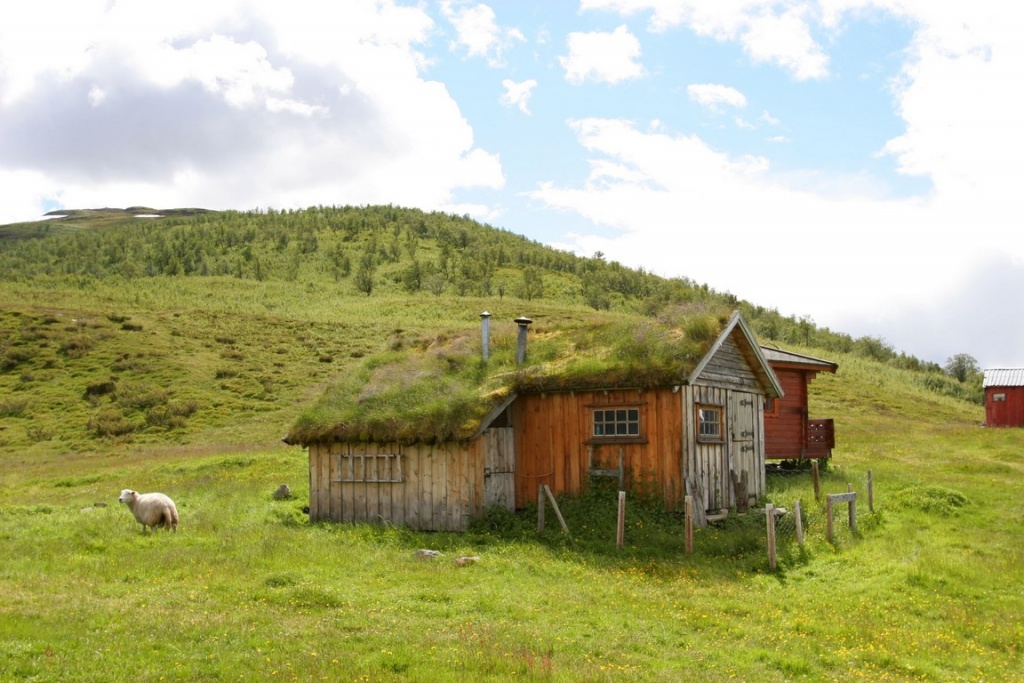
The hytte is to the Norwegians what the cabin is to the Canadians: a small cottage with varying degrees of facilities.
Almost all Norwegians have one or two hytte . They spend their weekends and holidays in isolated, rustic wooden chalets. Apparently they love solitude! A stream lined with white astilbe trees provides the water. Gry Lie welcomes us warmly to his chalet for a meal prepared with local produce (all organic). On the menu: goat's sausage, smoked pork and lamb ham, goat's cheese. A feast for the eyes, and a feast for the taste buds!
Getting there
By train: the Flåmsbana
Located in the heart of Western Norway, Flåm is easily accessible by car, coach, boat and train. Flåm railway station is located in the centre of Flåm, with easy access to Bergen and Oslo. The Flåm train runs eight to ten times a day in summer (May to October), and four times a day in winter. At Myrdal, the Flåm line connects with most trains on the Oslo-Bergen line. An engineering feat, this line has a steep gradient (the gradient is 55/1000 on almost 80 % of the line) and is the steepest in the world to operate without a cable. It climbs to an altitude of 864 metres over 20 km and passes through 20 tunnels. The line operates all year round, with 10 departures a day in summer.
Accommodation
Le Fretheim Hotel is located in the centre of Flåm, very close to Flåm railway station. It was once home to many of the English lords who came to fish in the Flåm river. Dating back to 1870, this hotel offers an authentic traditional atmosphere. Today it is a renowned modern tourist hotel. With spectacular views over the fjord. 118 comfortable rooms, suites and a large gourmet restaurant.
Fretheim Hotel
5743 Flåm, Postboks 63
Phone: +47 57 63 63 00
mail@fretheim-hotel.no
http://www.fretheim-hotel.no/en/
Flåm Oppleving: rental of flats with single rooms. http://www.flamoppleving.no/
Visit the fjords
Natural treasures of the country and symbols of Norway, the fjords are ancient valleys formed during the Ice Age. Carved and hollowed out by glaciers, these deep valleys are bordered by rugged, steep terrain. The Western Fjords are one of the best-preserved Unesco World Heritage sites, with two Norwegian fjords on its famous list: Geirangerfjord and NaerØyfjord, an arm of Sognefjord. This is undoubtedly the most spectacular arm. It is also the narrowest fjord in the world: at one point it is just 250 metres wide, with mountains towering 1,800 metres above its tranquil waters.
Hiking
4-hour walk Hovdunga http://www.sakte.no/dagstur-stolsbesok-til-hovdungo-789-moh?lang=en
Contact Gry Lie li_gardstun@hotmail.com
Sakte Association
http://www.sakte.no/om-oss?lang=en
Sakte means slowly. It's a brand that offers products and services that are authentic and true to the Nærøyfjord World Heritage Site. When you buy Sakte products, you're making a contribution to the sustainability of the region's inhabitants, the environment and nature.
Norway Tourist Office
Innovation Norway, 22 rue de Marignan, BP 497, 75366 Paris cedex 08. Tel: 01 53 23 00 50.
www.visitnorway.fr
Flåm Tourist Office
www.visitflam.com
To get to the Fjords region, there are six daily flights between Paris and Bergen with SAS - Scandinavian Airlines.
www.flysas.fr
Comptoir des Voyages
01 53 10 34 49
http://www.comptoir.fr/decouvrir/norvege/visite/guide-voyage/norvege-NOR_42_r.aspx
Text and photos: Capucine Ferry


